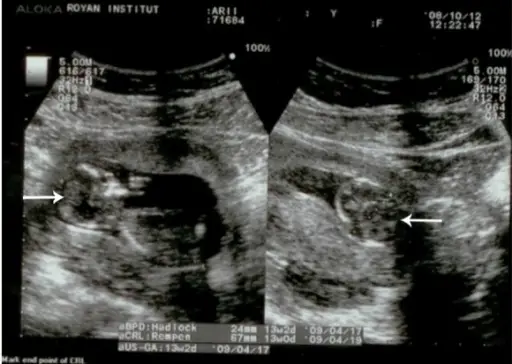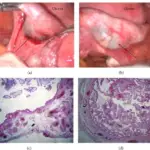Spontaneous abortion is a naturally occurring intrauterine loss.
What is the Pathology of Spontaneous Abortion?
The pathology of spontaneous abortion is:
-Etiology: The cause of spontaneous abortion is fetal factors which include genetic abnormalities, anatomic issues, infectious organisms, or autoimmune conditions.
-Genes involved: Trisomies. Monosomys.
-Pathogenesis: The sequence of events that lead to spontaneous abortion includes chromosomal defects occurring in 4-8 weeks of gestation.
-Morphology: The morphology associated with spontaneous abortion shows a soft hemorrhagic mass of villi and decidua that may be attached to membranes as an intact or ruptured gestational sac.
-Histology: The histology associated with spontaneous abortion shows decidual necrosis and decidual blood vessel thrombi, neutrophilic infiltrate, old/recent hemorrhage, and edematous avascular villi.
How does Spontaneous Abortion Present?
Patients with spontaneous abortion typically affect females present at the age range of 15-45 years. The symptoms, features, and clinical findings associated with spontaneous abortion include crampy pelvic pain, bleeding, and eventual expulsion of tissue.
How is Spontaneous Abortion Diagnosed?
Spontaneous abortion is diagnosed with ultrasound and blood tests.
How is Spontaneous Abortion Treated?
Spontaneous abortion is treated by dialation and curettage (D&C) to remove residual trophoblastic tissue. This is done to confirm intrauterine pregnancy and rule out gestational trophoblastic disease or molar abnormalities.
What is the Prognosis of Spontaneous Abortion?
The prognosis of spontaneous abortion is good, although the female may experience further bouts of spontaneous abortion in the future.



